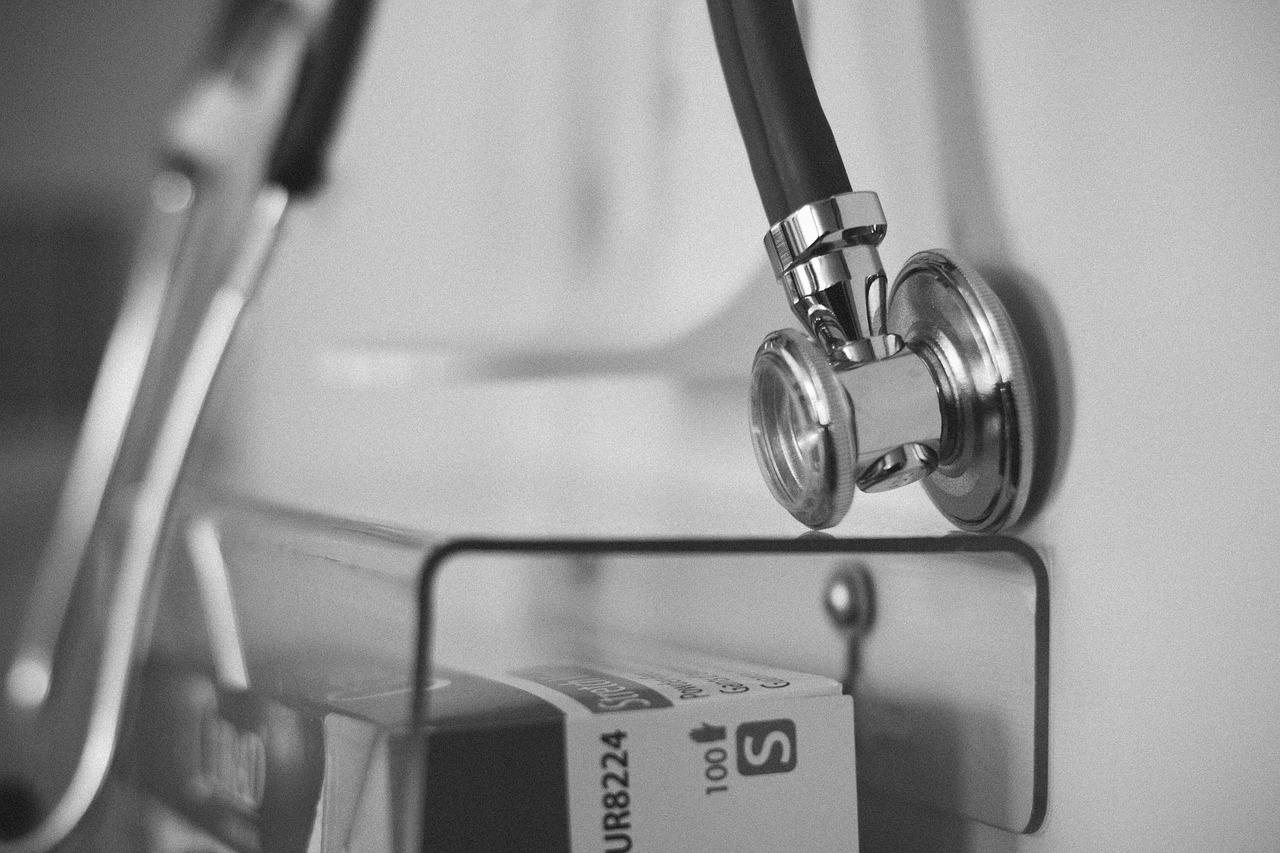Introduction
In today’s digital age, healthcare is no longer confined to hospitals and clinics. The emergence of healthcare apps has transformed the way people access medical care, offering a seamless experience that brings healthcare services directly to users’ fingertips.
With increasing smartphone penetration and technological advancements, healthcare apps are playing a crucial role in improving patient care, streamlining processes, and enhancing overall health management.
Table of Contents
What Are Healthcare Apps?
Healthcare app are mobile applications designed to provide health-related services. These apps cater to various aspects of medical care, including telemedicine, fitness tracking, mental health support, medication reminders, chronic disease management, and even AI-based diagnostics. Whether you are looking to consult a doctor online or monitor your daily fitness activities, healthcare apps offer personalized solutions to enhance well-being.
The Growing Popularity of Healthcare Apps
The global digital health market is booming, with healthcare apps gaining immense popularity. According to reports, the market for mobile health (mHealth) apps is expected to reach $300 billion by 2025, driven by factors such as increasing healthcare costs, demand for remote patient monitoring, and the rising prevalence of chronic diseases. The COVID-19 pandemic further accelerated the adoption of healthcare apps, as people sought virtual consultations and remote healthcare solutions to reduce physical contact and exposure.
Key Features of Healthcare Apps
Healthcare apps come with a wide range of features to cater to different needs. Here are some of the most essential functionalities:
1. Telemedicine and Virtual Consultations
- Allows users to consult doctors remotely via video calls or chat.
- Reduces the need for physical visits to clinics and hospitals.
- Increases accessibility, especially in rural and underserved areas.
2. Appointment Scheduling
- Users can book, reschedule, or cancel appointments with healthcare professionals.
- Reduces waiting times and improves efficiency.
3. Medication Reminders
- Sends alerts and notifications for taking prescribed medications on time.
- Helps patients with chronic diseases manage their treatment effectively.
4. Health Monitoring and Wearable Integration
- Tracks vital health metrics such as heart rate, blood pressure, glucose levels, and more.
- Syncs with wearable devices like smartwatches for real-time data monitoring.
5. AI-Powered Diagnostics and Chatbots
- AI-driven apps analyze symptoms and provide initial diagnoses.
- Chatbots offer instant assistance and guide users to the right healthcare professionals.
6. Mental Health Support
- Provides resources, guided meditation, and therapy sessions.
- Helps users manage stress, anxiety, and depression.
7. Electronic Health Records (EHR)
- Stores patient medical history securely in the cloud.
- Enables seamless sharing of data between doctors and healthcare providers.
Benefits of Healthcare Apps
Healthcare apps offer numerous benefits, making healthcare more efficient and accessible:
1. Improved Access to Healthcare
- Patients can connect with doctors and specialists from anywhere, reducing travel and wait times.
- Helps individuals in remote areas receive medical advice without needing to visit a hospital.
2. Cost-Effectiveness
- Reduces hospital visits, lowering overall healthcare expenses.
- Virtual consultations are often more affordable than in-person appointments.
3. Convenience and Time-Saving
- Users can schedule consultations, track medications, and receive health updates without disruption to their daily lives.
4. Enhanced Patient Engagement
- Encourages individuals to take charge of their health through self-monitoring and preventive care.
5. Data-Driven Insights
- Provides valuable health data to doctors, enabling personalized treatment plans.
Challenges of Healthcare Apps
Despite their advantages, healthcare apps also face several challenges:
1. Data Privacy and Security
- Handling sensitive patient information comes with risks of data breaches and cyber threats.
- Compliance with HIPAA (Health Insurance Portability and Accountability Act) and GDPR (General Data Protection Regulation) is crucial.
2. Accuracy and Reliability
- Some apps provide inaccurate or misleading information, leading to misdiagnosis or incorrect treatment.
- Users must rely on apps that are backed by certified healthcare professionals.
3. Limited Technological Literacy
- Elderly patients and those unfamiliar with digital technology may find it challenging to use healthcare apps.
4. Regulatory Challenges
- Many healthcare apps face hurdles in obtaining approvals from regulatory bodies.
Future of Healthcare Apps
The future of healthcare apps is promising, with advancements in artificial intelligence, blockchain, and IoT (Internet of Things) set to revolutionize the industry further. Some emerging trends include:
- AI-Powered Personalized Healthcare: Apps will use AI to offer customized health recommendations and predictive analysis.
- Blockchain for Secure Health Records: Ensures data integrity and privacy.
- 5G Technology: Enables faster and more efficient telemedicine services.
- Augmented Reality (AR) and Virtual Reality (VR): Used in medical training, rehabilitation, and therapy sessions.
Conclusion
Healthcare apps are transforming the medical industry, making healthcare more accessible, efficient, and cost-effective. With continuous technological advancements, these apps will play an even bigger role in shaping the future of healthcare. While challenges exist, the benefits far outweigh the drawbacks, making healthcare apps an essential tool for modern medical care. Whether for telemedicine, fitness tracking, or mental health support, the adoption of healthcare apps is set to grow exponentially, leading to a healthier and more connected world.
Read More: Mobile Health Apps: Bridging the Gap Between Patients and Providers
